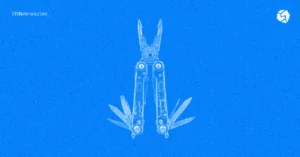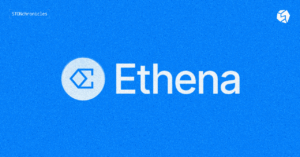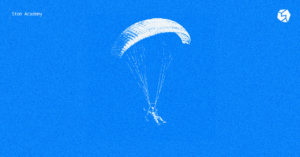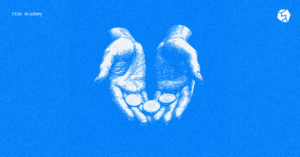We wrote about the history of the creation of TON and their battle with the US Securities Commission in one of the previous posts. Now let’s look at what tasks they tried to solve and what unique features the Durovs planned to implement in their Telegram Open Network, and whether they and the team of independent developers succeeded in it.
The original whitepaper is still freely available, you can read it here. The tasks facing the developers were truly gigantic: to create nothing but the most perfect blockchain in the world, which:
- will have an instant transaction speed, and thus will compete with fiscal payment systems (transfer crypto with the speed of a regular bank transfer in 2017, just imagine);
- will be maximally protected from frauds, forks (splitting into small cryptocurrencies) and a potential 51% attack;
- will be absolutely legal in most countries of the world.
The first task was successfully solved using infinite sharding. Previously, blockchain systems over time accumulated so much information about internal transactions that it was measured in hundreds of gigabytes. And this information had to be stored by all participants of the blockchain. Accordingly, the speed of transactions fell relentlessly, creating inconvenience and network congestion. Here the idea of sharding came to the rescue: dividing the blockchain into autonomous sections (shards) which took on separate pools of information. This not only speeded up the transaction process, but also greatly saved disk space for miners-validators.
The second task was solved by correcting the blocks in the chain using the vertical blockchain method. If, for some reason, the blocks in the transaction chain are recognized as fraudulent, then the system assigns another block to the compromised one, where information on its correction is stored. This has greatly reduced the likelihood of fraud.
The third task, unfortunately, created many problems. As you already know, Telegram Open Network tokens called Gram were officially recognized as securities, and work on the old version of TON was forced to stop. However, now the followers of the Durovs’ ideas are developing the project, and the new Toncoin token no longer has any problems with the law, as it is a classic cryptocurrency.





